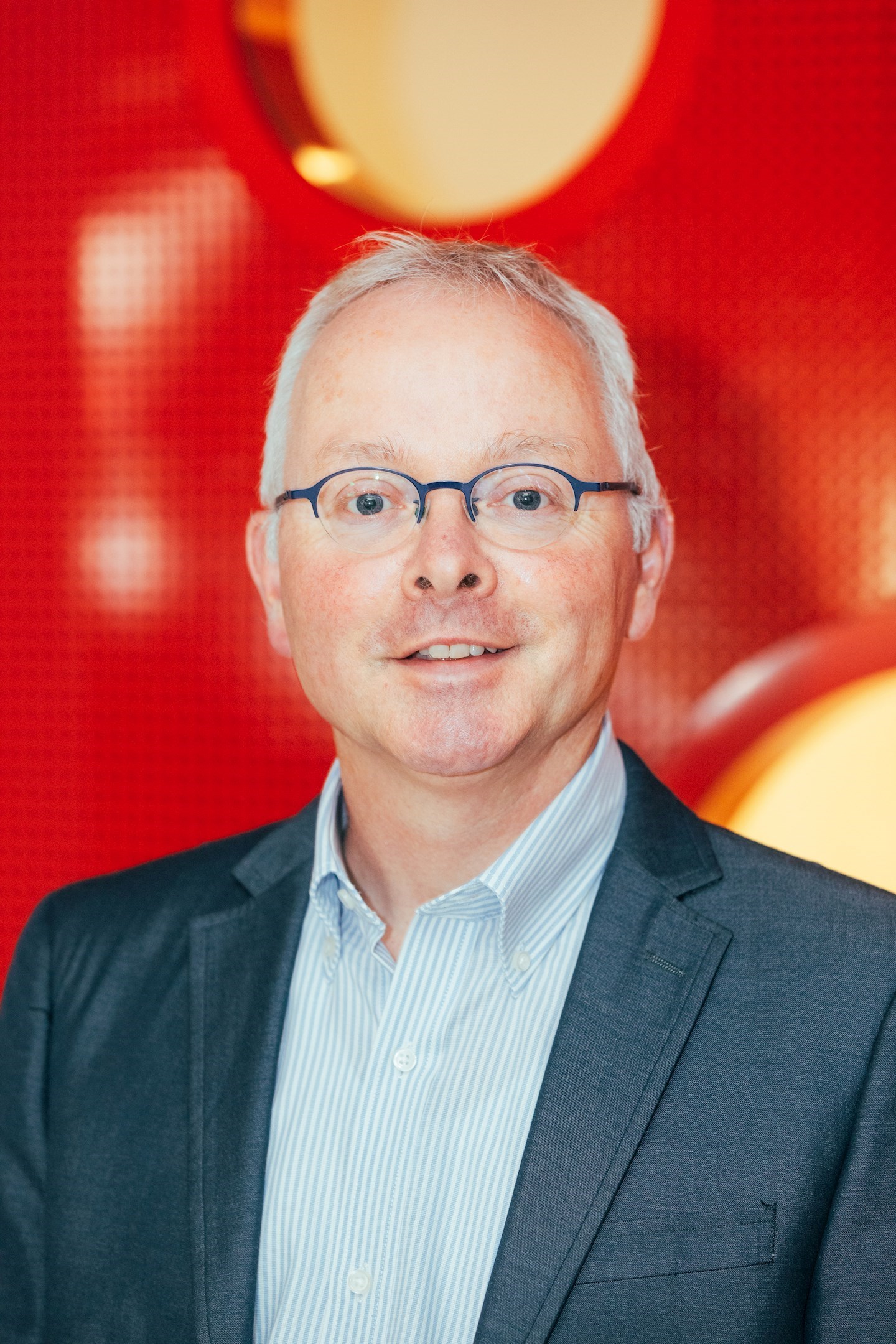What do we know about (your) antibodies?
by Albert Heck
(Utrecht University, Netherlands)
17 October 2024 17:00
Mendel Lectures take place in Mendel´s refectory in the Mendel Museum Brno
Albert Heck is an expert in protein mass spectrometry, a technology he applies to problems in proteomics and structural biology. The Heck laboratory established a track record in quantitative proteomics, and even more prominently, in the analysis of protein post-translational modifications, e.g. phosphorylation and glycosylation. Heck applied these techniques to study e.g. host-pathogen interactions and stem cell differentiation. Heck is also a leading scientist in native mass spectrometry and cross-linking mass spectrometry, that empower the structural analysis of protein assemblies. The Heck group develops mass analyzers dedicated for this work and uses these to study the structure and dynamics of among others immune complexes and viruses.
Heck received numerous awards, notably the Gold Medal of the Dutch Royal Chemical Society (2001), The HUPO Discovery Award in Proteomic Sciences (2013), The Spinoza Award of the Dutch Research Council (2017), The Thomson Award of the IMSC (2018). The Krebs Medal of FEBS (2018). Heck has also been elected into the Dutch Royal Academy of Sciences and Arts and is member of EMBO.
Abstract: The central question addressed in the presentation will be “What do we know about (your) antibodies?”, highlighting how innovative techniques in mass spectrometry provide novel insights.
In our body we produce every day huge amounts of antibodies, of which many end up in circulation. Humans apparently can make about trillions of distinct antibody clones, all exhibiting a different sequence, recognizing distinct antigens. This huge number has so far refrained many from charting whole serum immunoglobulin (Ig), repertoires. We recently developed new LC-MS based antibody repertoire profiling methods for studying immunoglobulins in a quantitative manner. By now, we analyzed a variety of samples (sera, milk and saliva) from both healthy as well as diseased donors, allowing us to make some paradigm-shifting observations. Firstly, circulating Ig repertoires are much simpler than anticipated, dominated by just a few hundred clones. Second, the clonal repertoires are entirely unique for each donor. Next to focusing on these clonal repertoires we also used mass spectrometry to define new structural features of immunoglobulins, notably the co-occurrence of IgA monomers and dimers and CD5L as a new canonical component of serum IgM.
